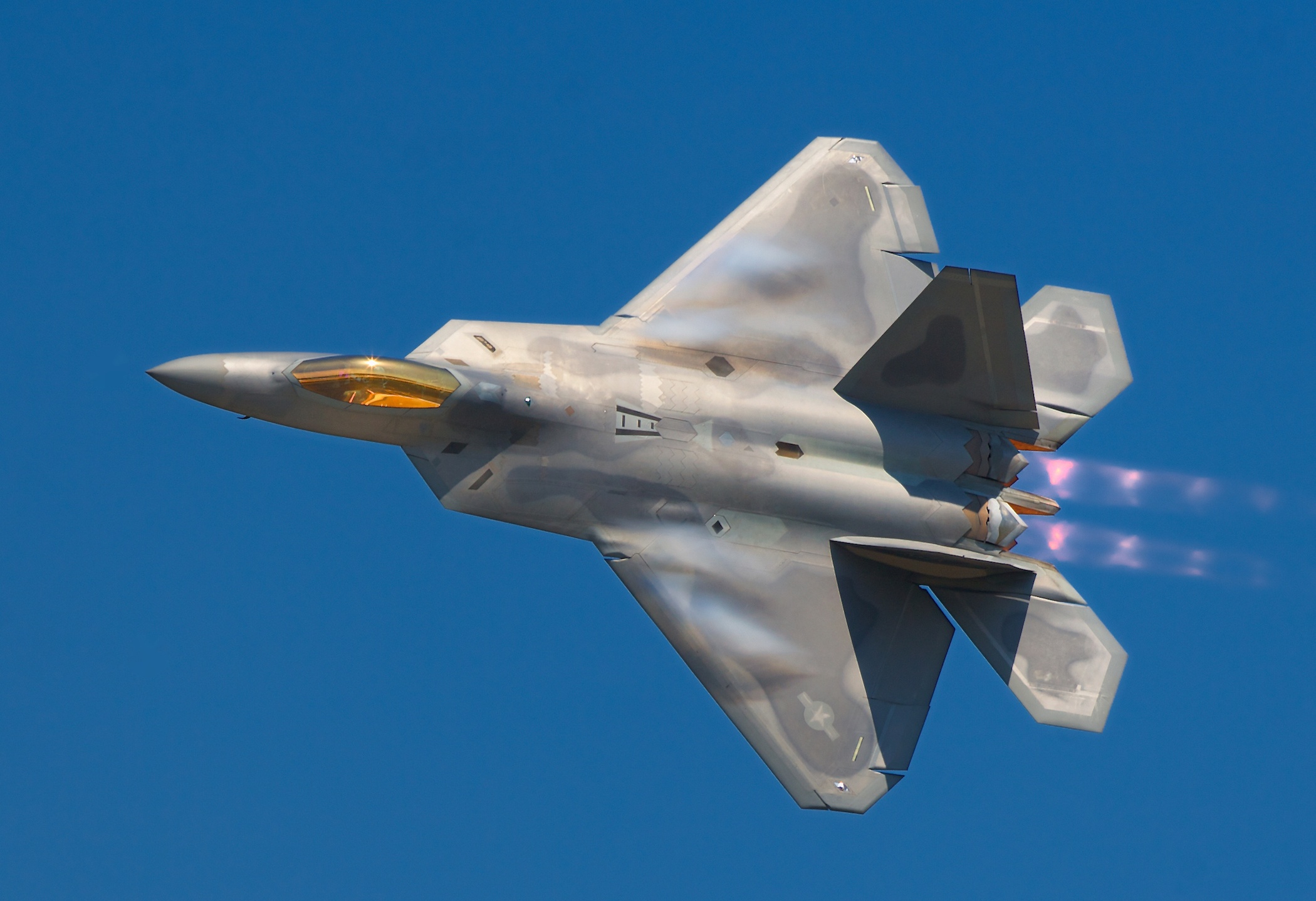
[in_content_ad]
The United States Military is the supreme peace-keeping and war-fighting apparatus on the entire planet. Since the Global War on Terror (GWOT) kicked off, our Special Operations Forces (SOF) have been in the limelight through their daring efforts to remove extremist leaders from the battlefield, as they should be.
We thought it imperative, however, to remind the world about some of our top aircraft that protect our nation and aid the GWOT on a daily basis, along with some ‘oldies but goodies’ that have since been retired.
See how many you know…
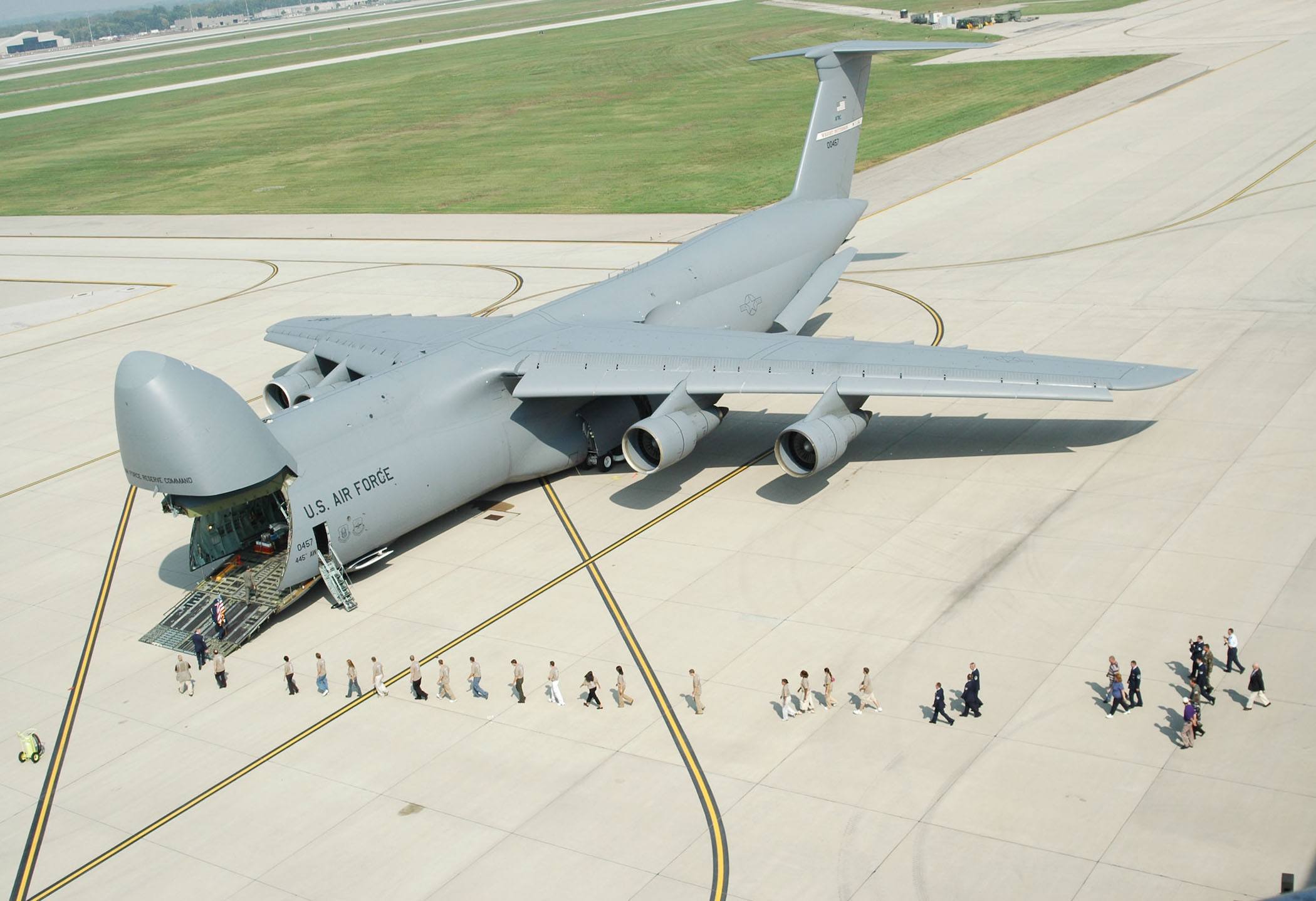
[in_content_ad]
C-5 Galaxy: We know it’s not a sexy fighter jet, but we thought it necessary to first highlight the beast of an aircraft that often gets both our brave men and women and the equipment they need into the area of operations, the C-5 Galaxy.
This aircraft not only escorts loads of servicemen and women, but equipment, vehicles and pretty much anything else that you can imagine. 10 light armored vehicles at 12 tons each? No Problem. Six Apache helicopters? No problem. Two M1 Abrams tanks? No problem. This monster can carry anything as long as it fits and doesn’t weigh over 122 tons.
Want more?
You could fit an eight (8) lane bowling alley into the cargo hold of the C-5! And just for good measure, the distance of the first flight made by the Wright Brothers was less than the length of the C-5’s floor.
No matter how you stack it, squeeze it, configure it, the C-5 Galaxy gets the job done.
[in_content_ad_jw_player]
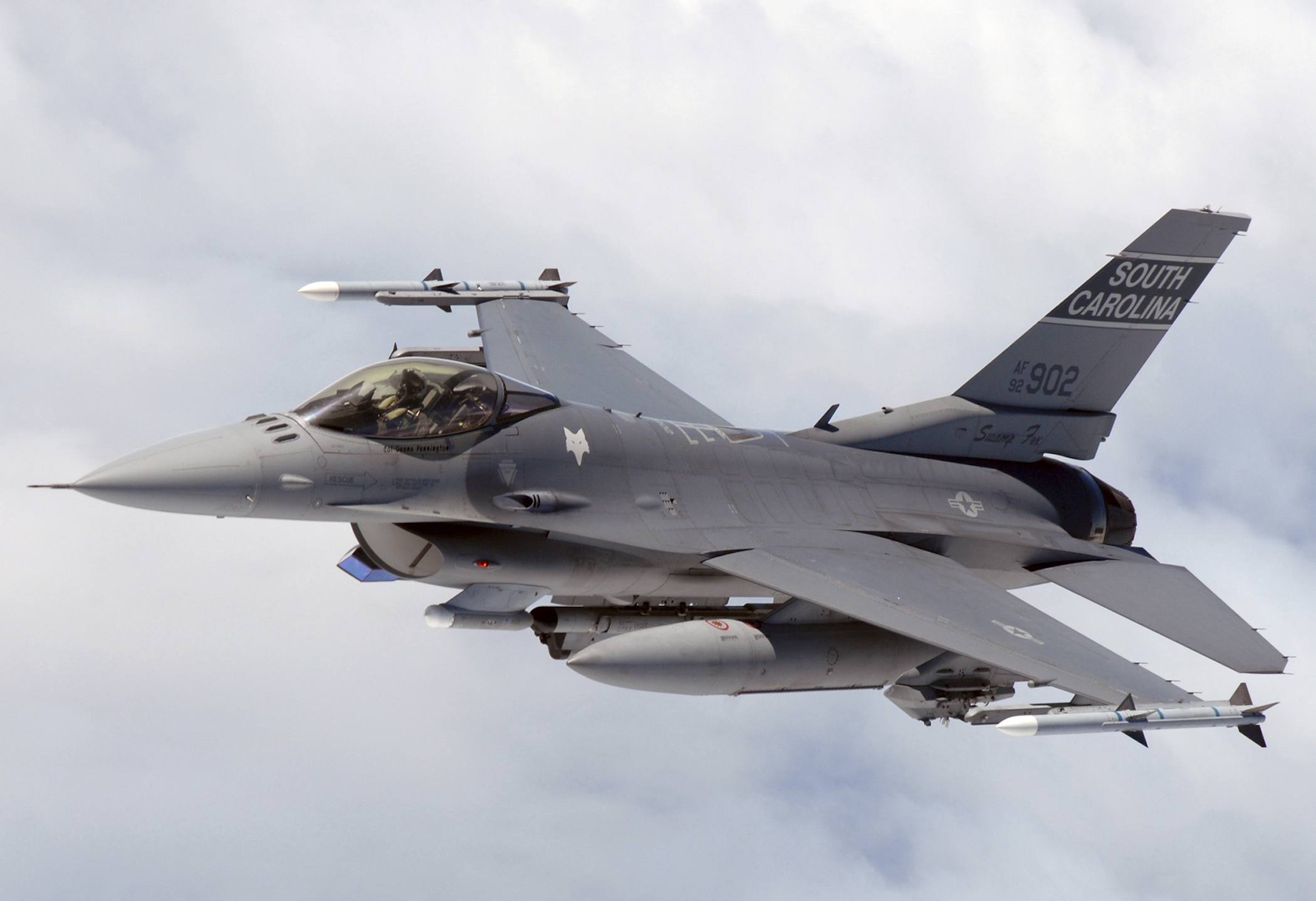
[in_content_ad_ora]
F-16 Fighting Falcon, AKA ‘Viper’: An oldie but a goodie, introduced in 1978, the General Dynamics F-16 Fighting Falcon is a supersonic air to air combat, air to surface attack plane primarily used by the United States Air Force as well as over 25 different countries. The Fighting Falcon is a staple in the U.S. fighter jet family.
Known for its ‘bubble canopy’ and being highly maneuverable as well as her M61 Vulcan cannon that fires 20mm rounds at 6,000 rounds per minute, the F-16 is still proving to be one of the best fighters of all times.
The F-16 has seen combat in Operation Desert Storm, Operations Northern and Southern Watch, Operation Enduring Freedom, Operation Iraqi Freedom, as well as action in Libya. The Viper is scheduled to remain in service until 2025.
(Interesting Trivia: Many F-16 pilots and enthusiasts call it the “Viper” instead of the “Fighting Falcon” due to its similarity to the Colonial Viper Starfighter from Battlestar Galactica)
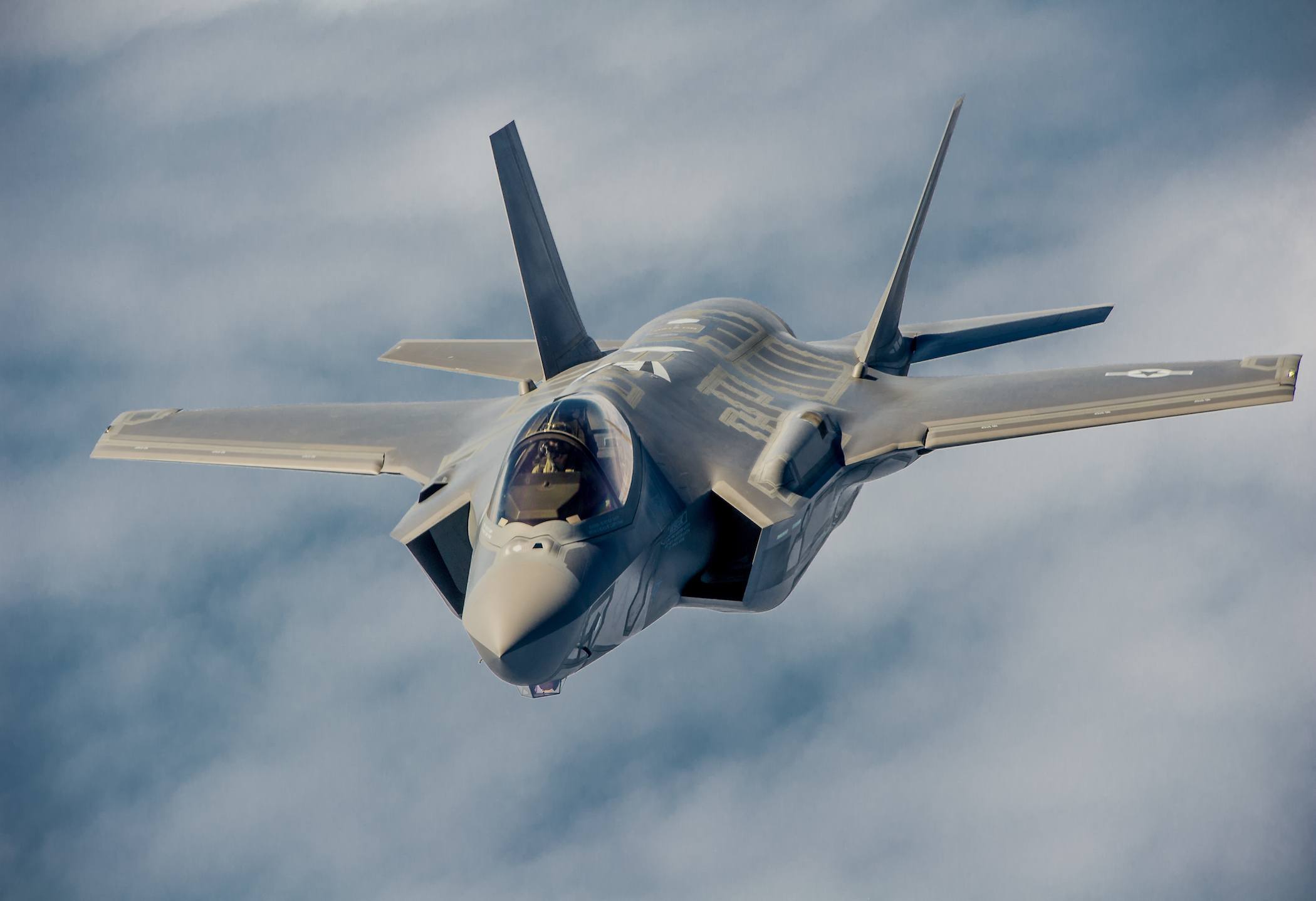
[in_content_ad]
F-35 Lightning II: Sticking with the U.S. Air Force, let us present the oft debated F-35, though they aren’t the only customers; the U.S. Marine Corps and Navy both use this new aircraft as well.
While the fighter comes with a sharp, modern look and boasts new capabilities, the program to develop and manufacture it has been the biggest expenditure in military history and has been plagued with design flaws and production delays. Still, we wouldn’t want to be on the wrong team in a fight with the F-35,
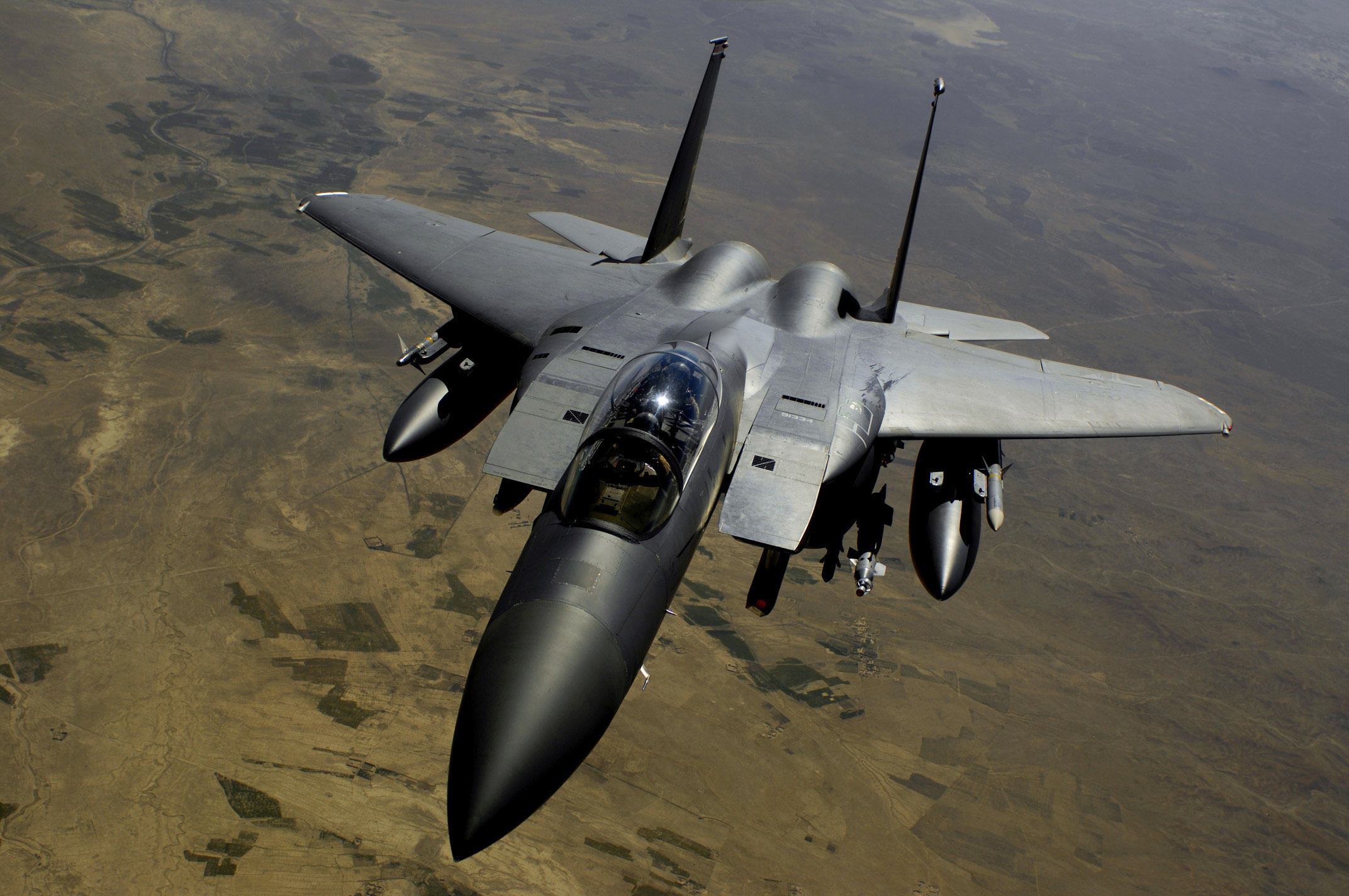
[in_content_ad]
F-15E Strike Eagle: Developed by McDonnell Douglas, this all-weather multirole strike fighter is among the best aircraft in our arsenal. The F-15E has been around since the 1980’s and continues to be an effective long range combat and interdiction aircraft. It has seen combat in Afghanistan, Iraq and Libya among others.

[in_content_ad]
F-18 Super Hornet: The Navy is the primary U.S. military consumer for this twin engine fighter, which comes in single and double seat variants. The F-18 has a 20mm M61 rotary cannon, and can fire both air-to-air and air-to-surface missiles.
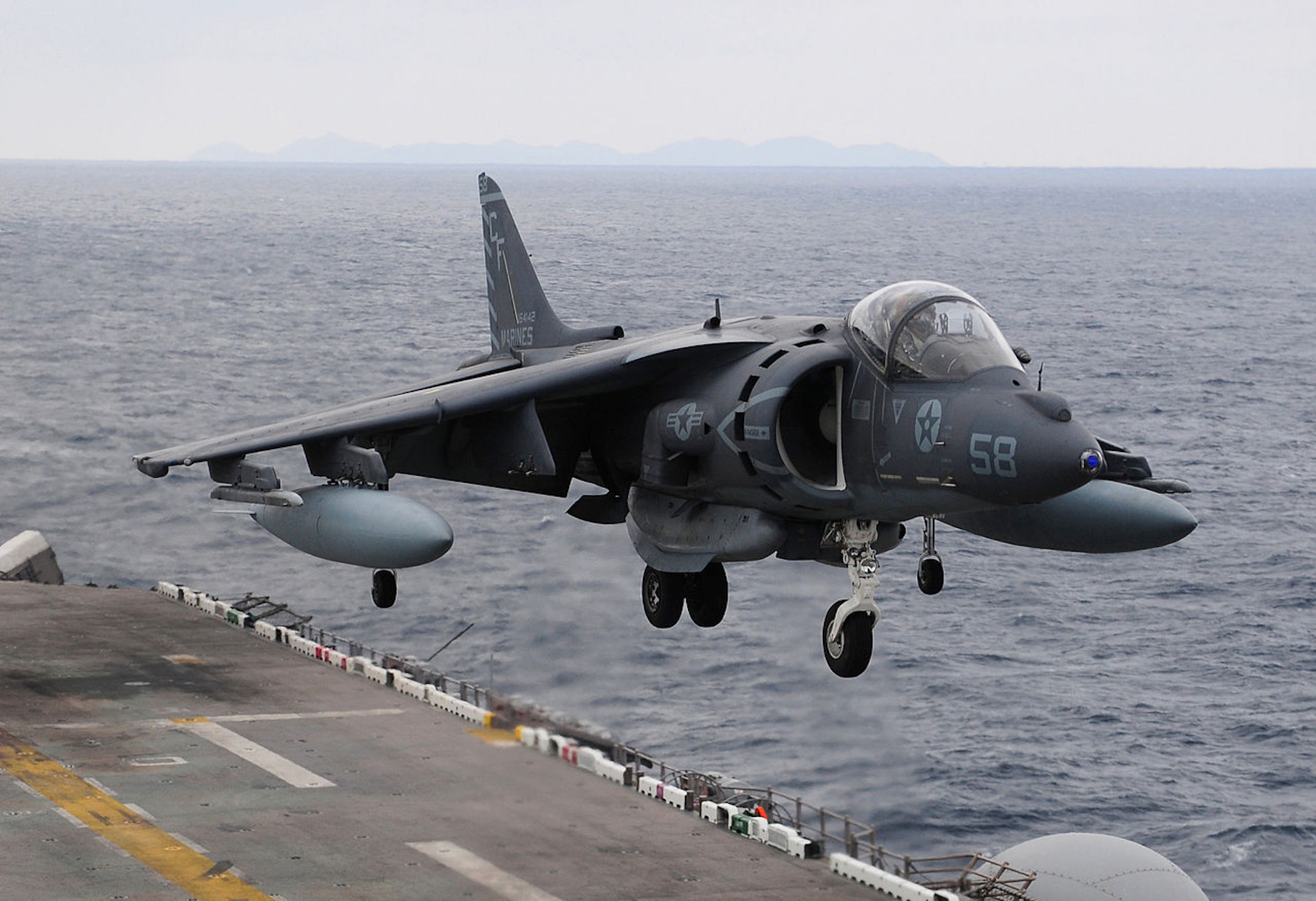
[in_content_ad]
Harrier: The United States Marine Corps love this vertical or short take off aircraft, known as the Harrier Jump Jet. So did Arnold Schwarzenegger in True Lies…
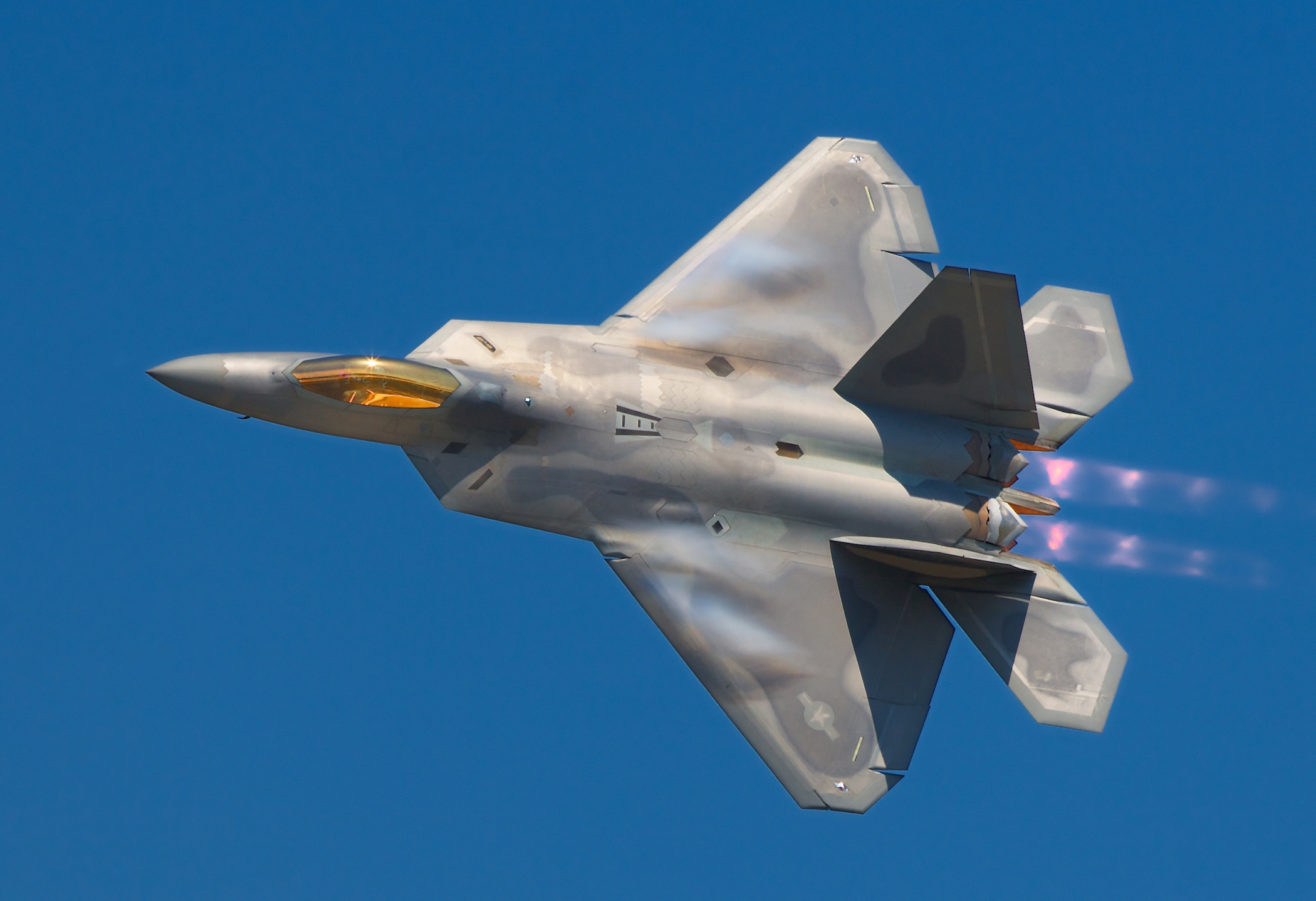
[in_content_ad]
F-22 Raptor: Developed for the United States Air Force, the F-22 is a stealth tactical fighter capable of everything its brethren fighter jets can do and more; however, the plane may be too good. Its costs were high and the need for it low. As such, the contract to produce more was ended.
[in_content_ad_bannersnack]

[in_content_ad]
MV-22 Osprey: Speaking of newer technology, this tiltrotor aircraft is quite a sight to see. The USMC and USAF use this vertical or short take off and landing aircraft– it can function like a helicopter, but has the range of fixed wing aircraft.
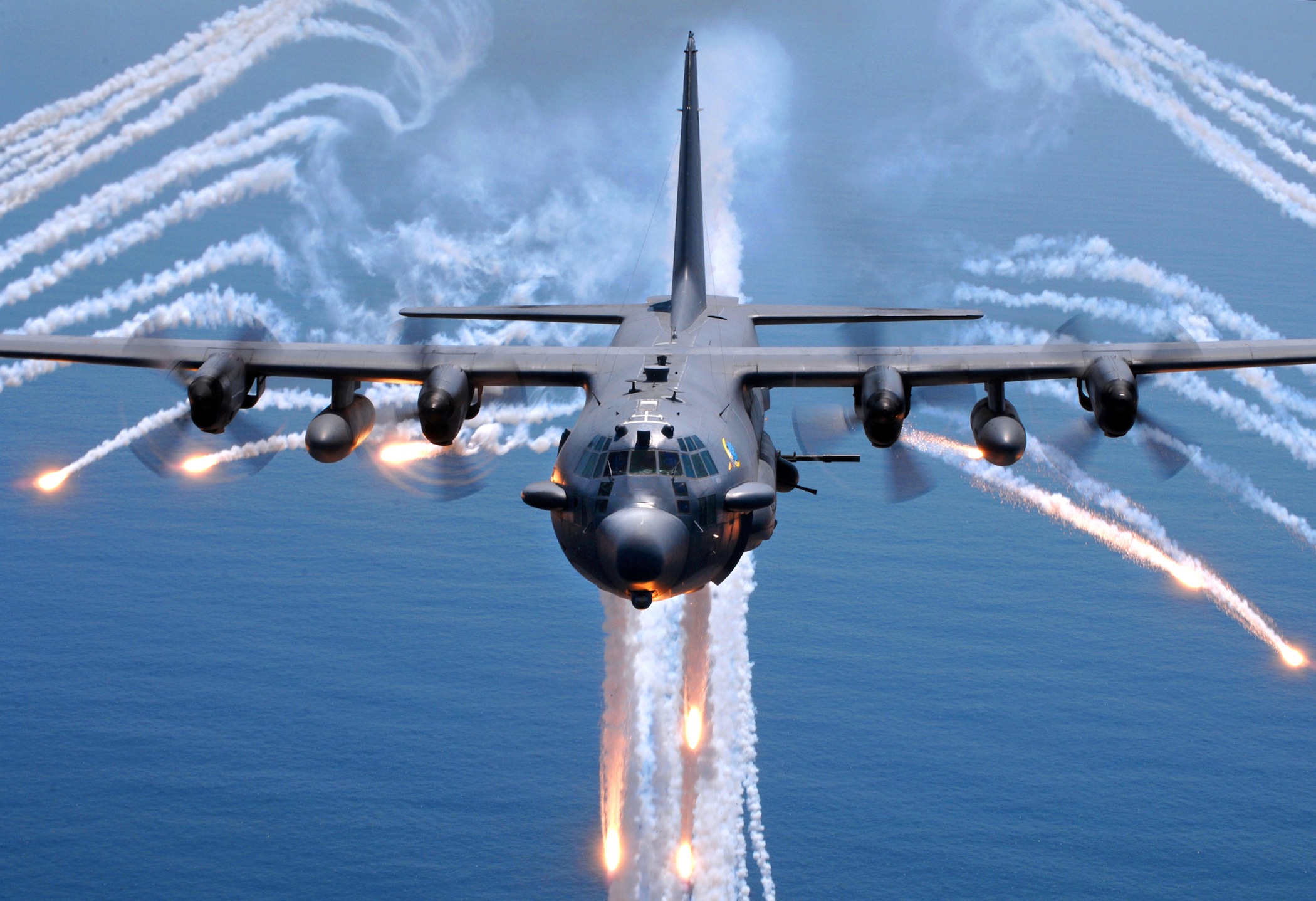
[in_content_ad]
AC-130 Spectre Gunship: This aircraft might not be fast or stealthy, but you sure don’t want to be its target. This heavily armed version of the C-130 is often an angel in the sky. When troops on the ground need Close Air Support (CAS), they hope that one of these bad boys is on station to wreak havoc on the enemy and their locations…and trust us…they do.
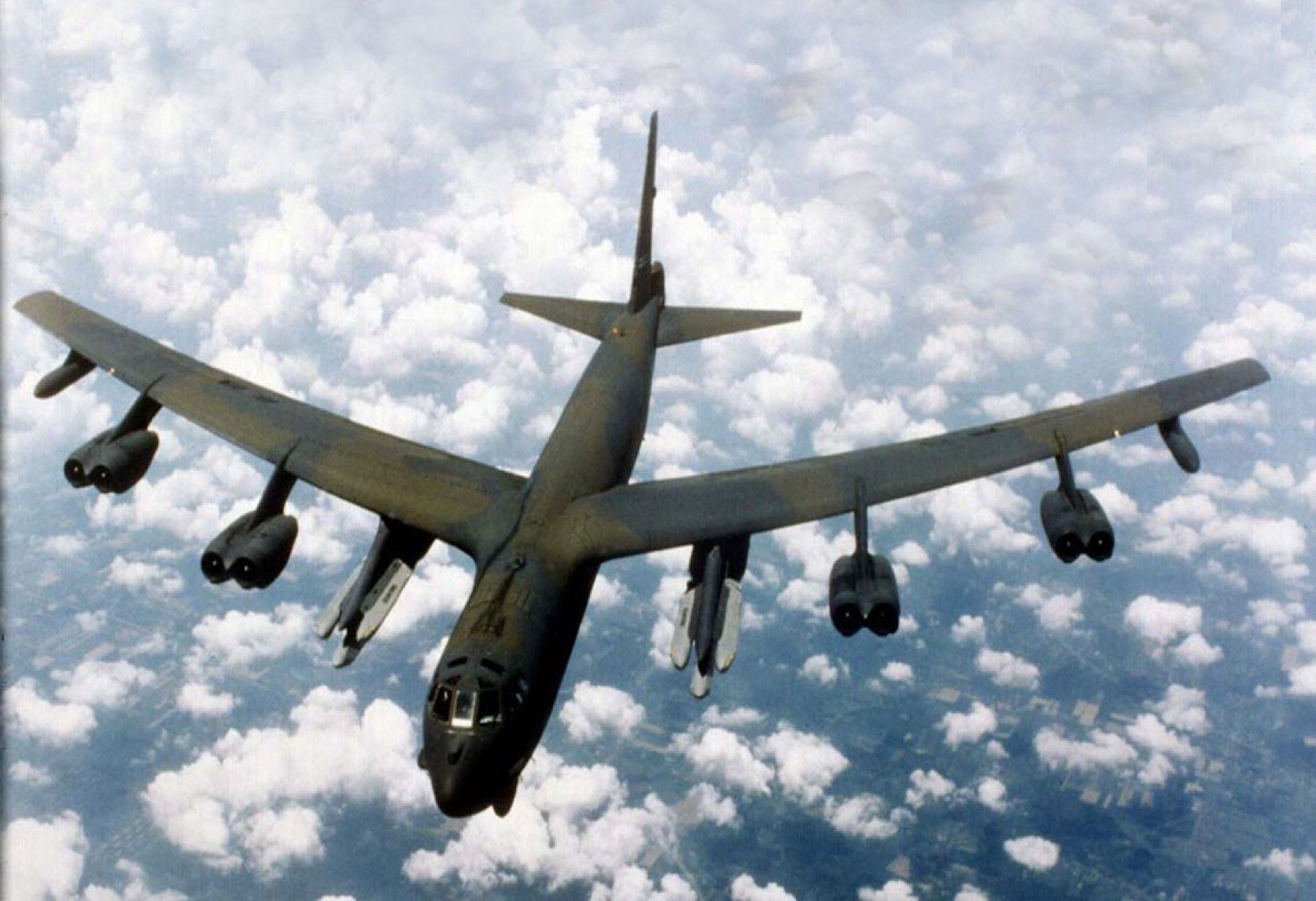
[in_content_ad]
B-52 Stratofortress Bomber: It is not the most frequently used aircraft, but it certainly is among the most feared. This long range bomber is capable of carrying upwards of 70,000 pounds in weapons and has been in service with the U.S. Military since the 1950s.
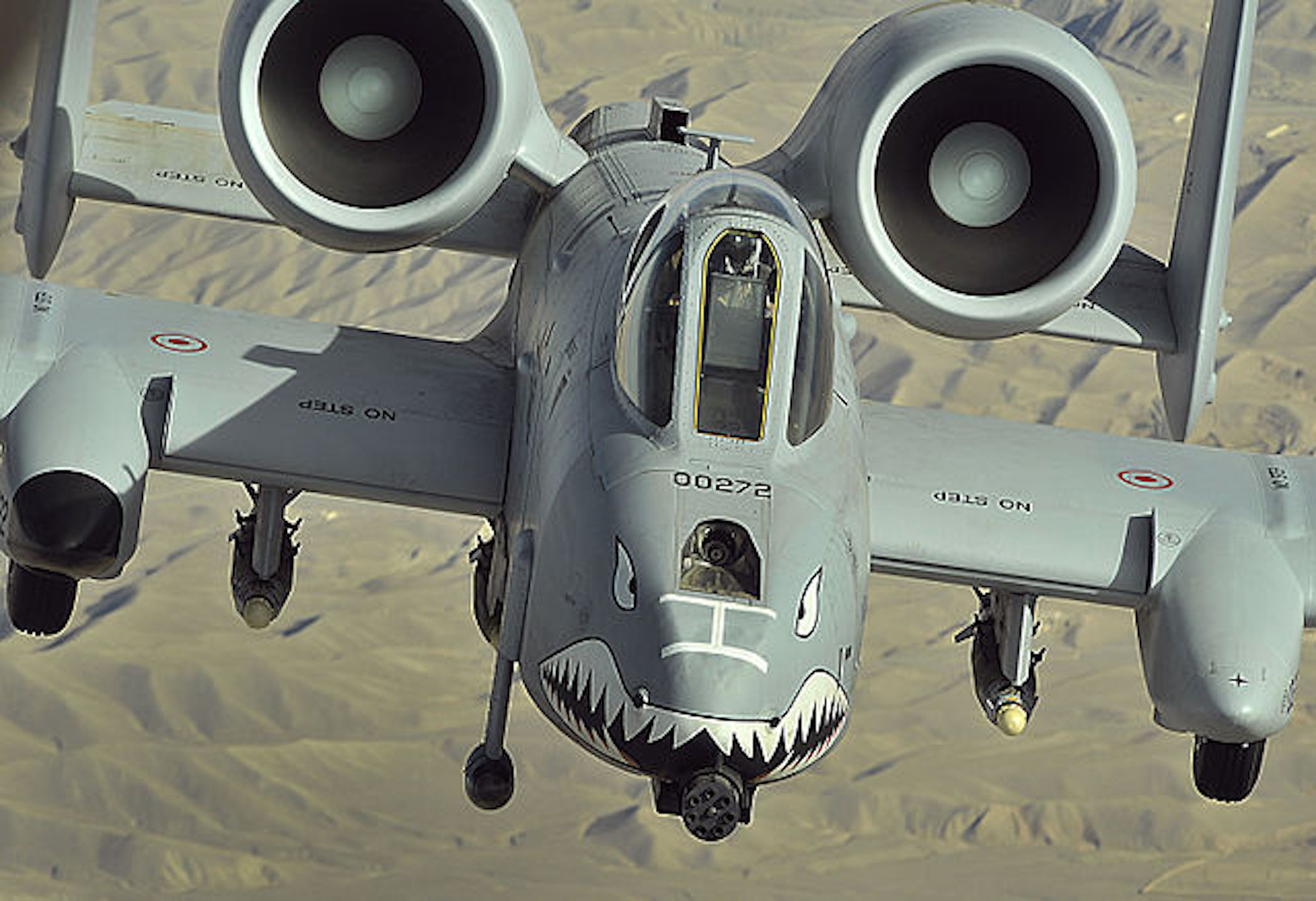
[in_content_ad]
A-10 Thunderbolt II, AKA Warthog: Perhaps the military community’s best friend, the A-10 Warthog tears through enemy positions in devastating fashion. The “burrrrrrp” of its GAU-8/A Avenger 30mm hydraulically driven seven-barrel Gatling-type cannon is capable of firing 4,200 rounds per minute. It is a welcomed sound to those on the ground needing CAS. While discussions to replace the beloved A-10 have been on the table for years, they continue to be pushed further out. It may just be worth running for Congress to ensure this trend continues and the A-10 sticks around.
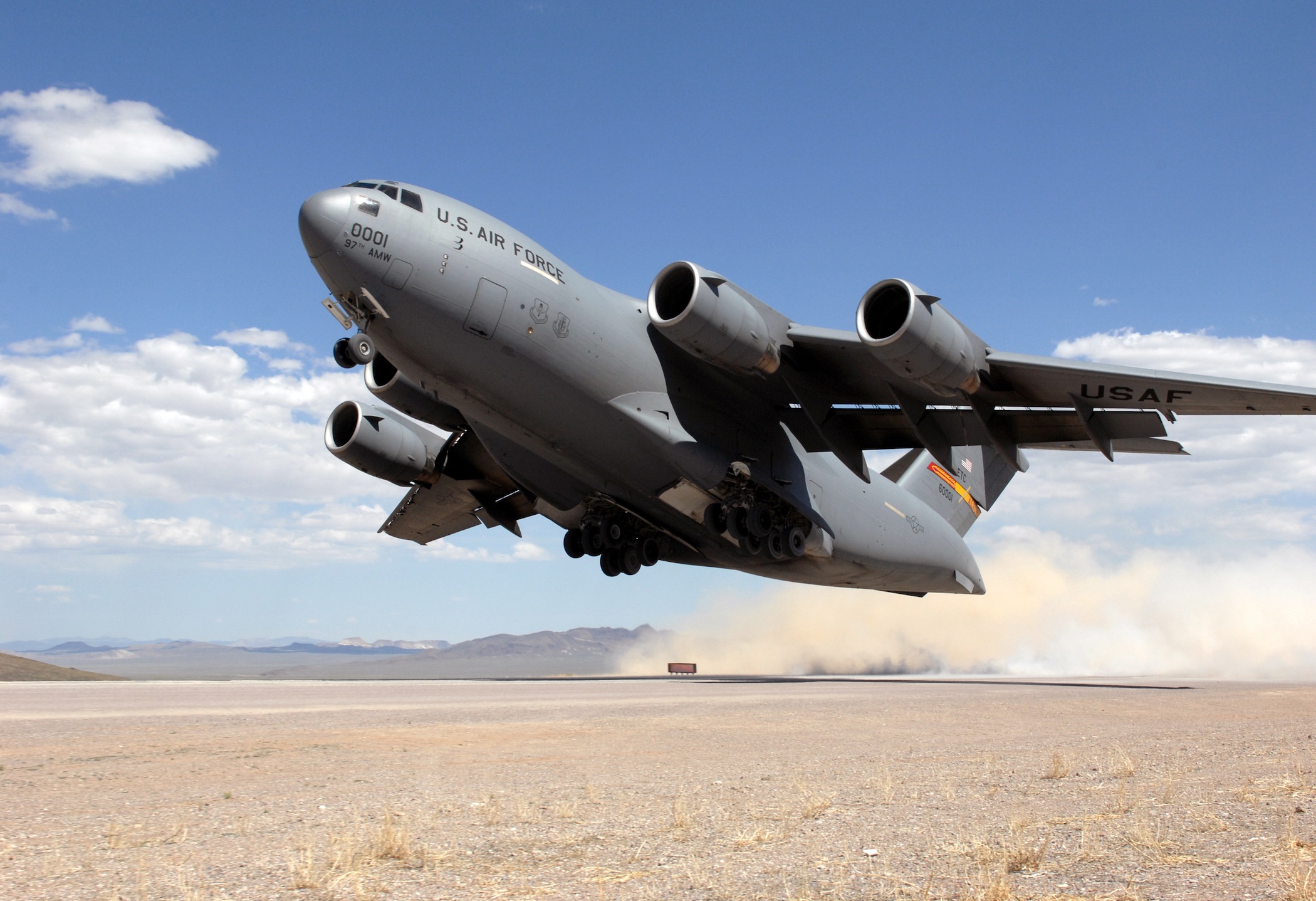
[in_content_ad]
C-17 Globemaster III: The Boeing C-17 Globemaster III is a beast of a plane and commonly performs both tactical and strategic airlift missions. This includes transporting troops and cargo throughout the world. The C-17 can carry over 100 paratroopers and their equipment and was designed to operate from runways as short as 3,500 ft and as narrow as 90 ft.
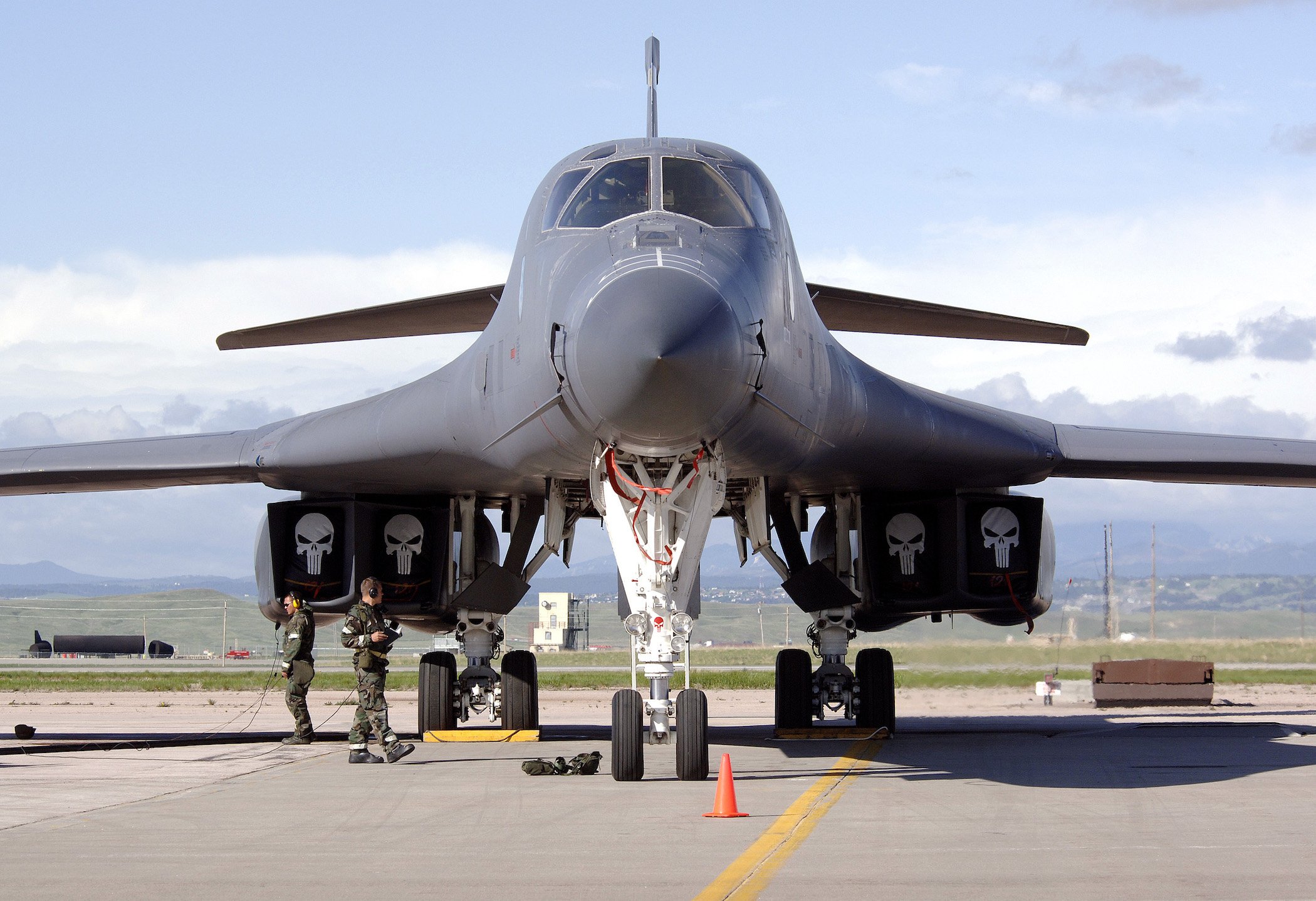
[in_content_ad]
B-1 Lancer: First produced in the early 1970’s by Rockwell, the B-1 is a four-engine supersonic jet-powered heavy strategic bomber. The B-1 can reach speeds of Mach 1.25 at high altitude and is now used by the United States Air Force as a conventional bomber, after being retrofitted from its original purpose of delivering nuclear weapons.
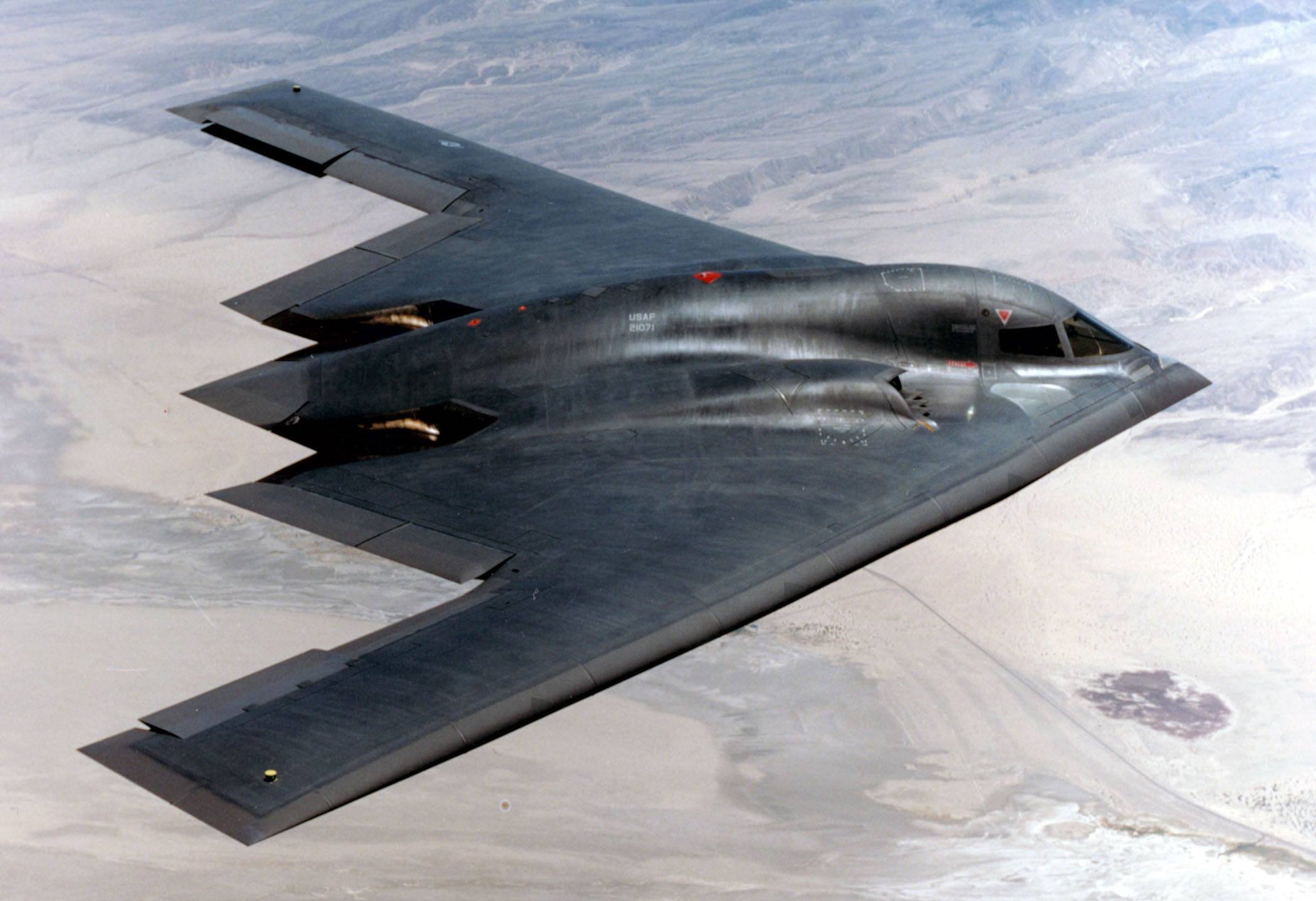
[in_content_ad]
B-2 “Spirit” or Stealth Bomber: The B-2 bomber can deploy both conventional and thermonuclear weapons, such as eighty 500 lb JDAM Global Positioning System-guided bombs, or sixteen 2,400 lb B83 nuclear bombs. Designed by Northrup Gruman, the B-2 is the only acknowledged aircraft that can carry large air-to-surface standoff weapons in a stealth configuration.

[in_content_ad]
F-117 Nighthawk: Developed by Lockheed’s secretive Skunk Works division, the F-117 Nighthawk is a single-seat, twin-engine stealth attack aircraft that was operated by the United States Air Force. The U.S. Air Force retired the F-117 on 22 April 2008, primarily due to the fielding of the F-22 Raptor.
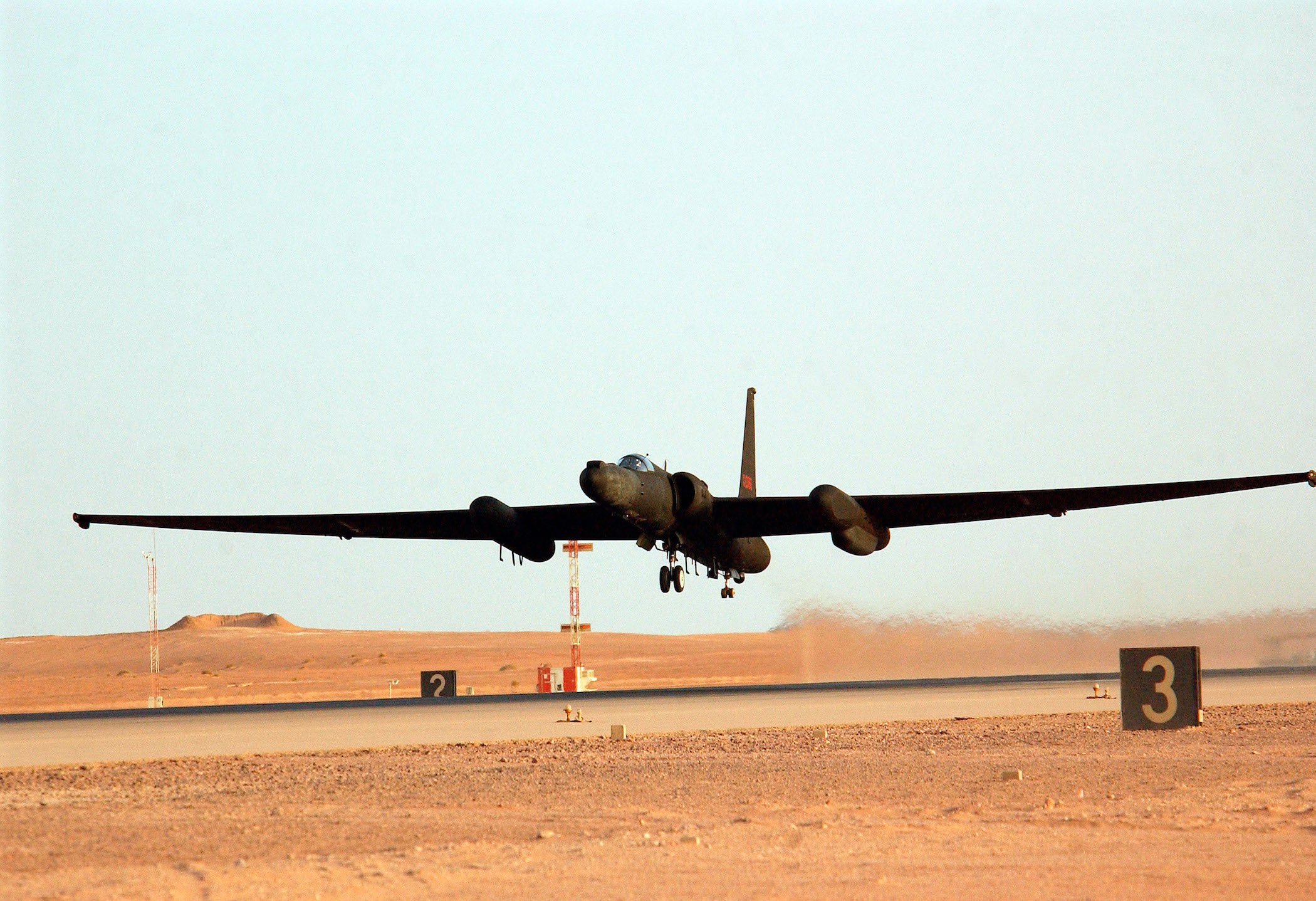
[in_content_ad]
U-2 “Dragon Lady”: The U-2 is a single-jet engine, ultra-high altitude reconnaissance aircraft operated by the United States Air Force and previously flown by the Central Intelligence Agency (CIA). It can provide both day and night, high-altitude (70,000 ft) intelligence gathering. First introduced in 1957, the U-2 is one of few aircraft that has served the USAF for over 50 years and continues to operate today.
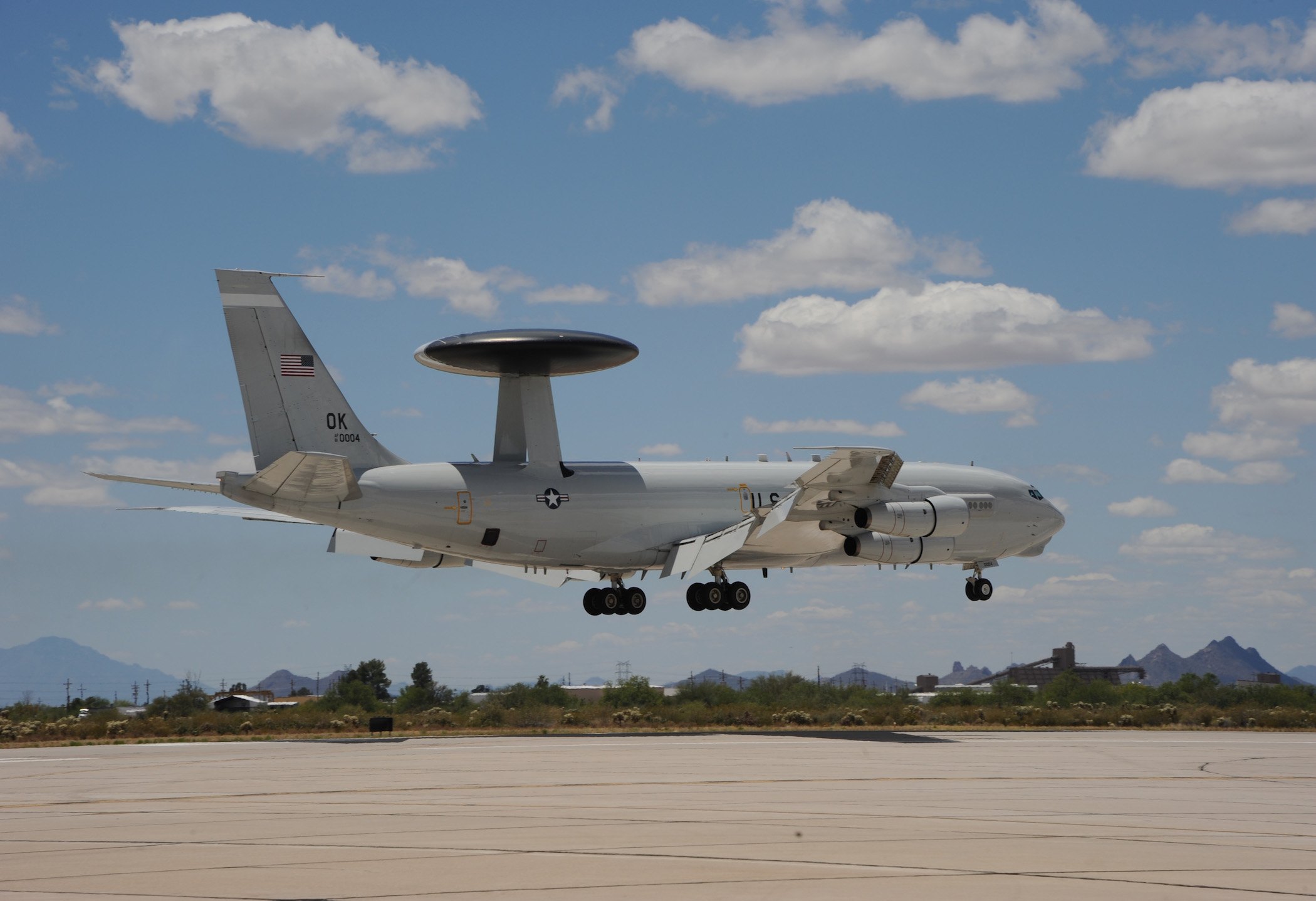
[in_content_ad]
E-3 Sentry “AWACS”: The E-3 Sentry is an airborne early warning and control aircraft developed by Boeing that provides all-weather surveillance, command, control, and communications. The E-3 is distinguished by the distinctive rotating radar dome above the fuselage.
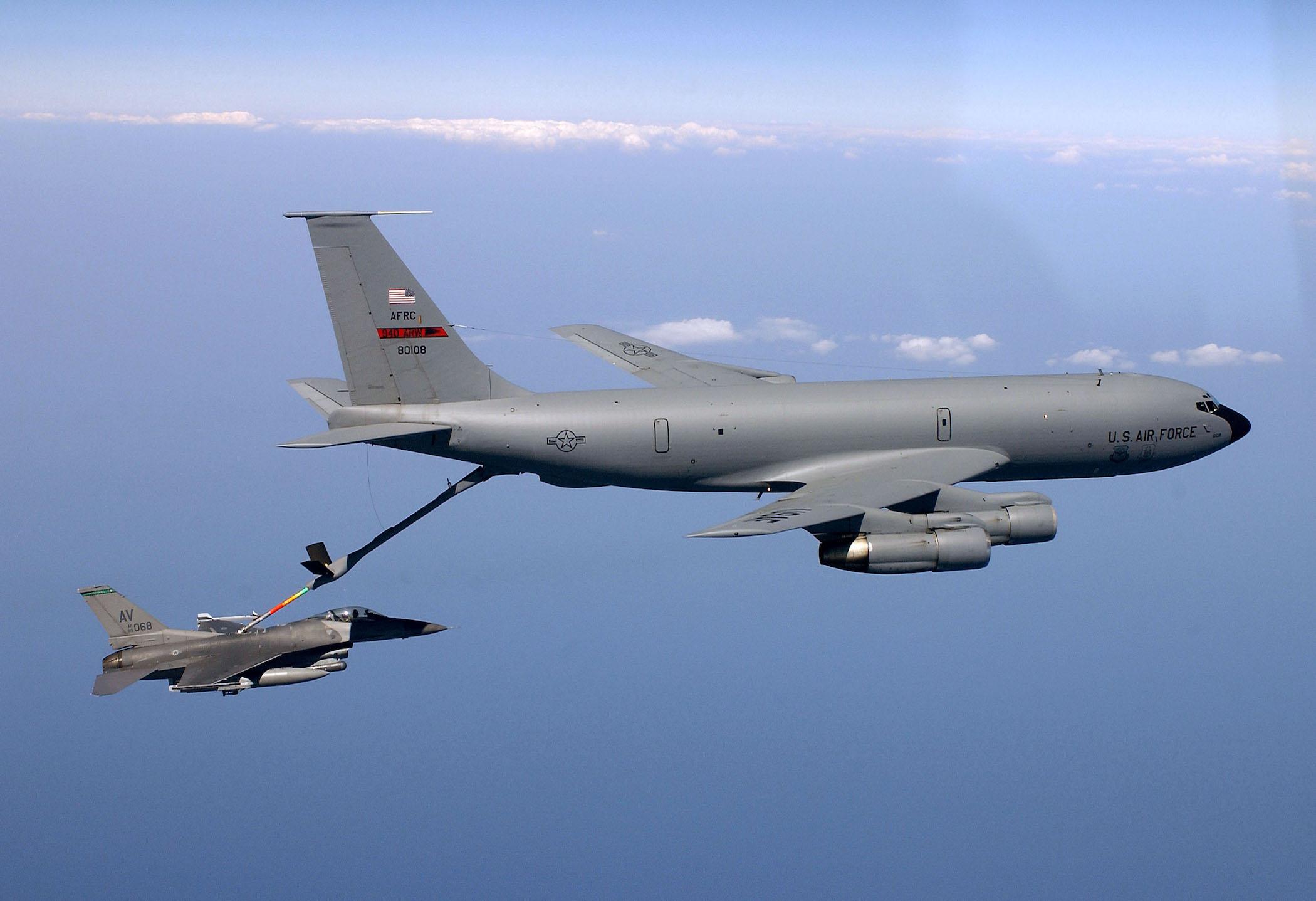
[in_content_ad]
KC-135 Stratotanker: Need a top-off? The Boeing KC-135 Stratotanker is a military aerial refueling aircraft that can transfer fuel loads up to 200,000 lbs, which can greatly extend the range and endurance of US tactical fighters and bombers. The KC-135 came into service in 1957, along with the U-2, and remains a vital part of the USAF today.
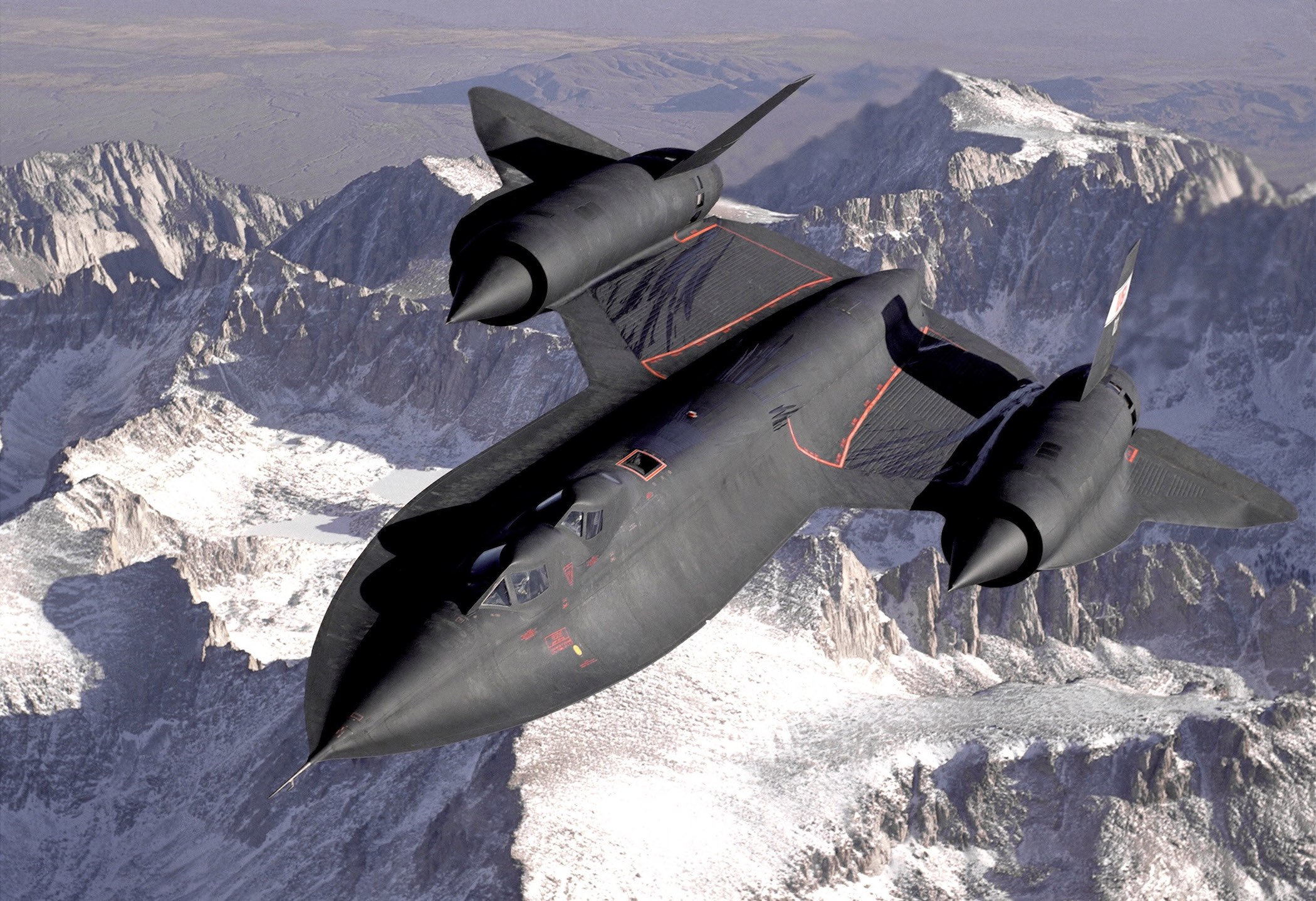
[in_content_ad]
SR-71 “Blackbird”: Sure, not everyone needs to hit Mach 3 when flying, but the Lockheed SR-71 could. Developed as a long range, Mach 3+ strategic reconnaissance aircraft, the SR-71 served the USAF from 1964 to 1998. When targeted, the SR-71 simply accelerated to outrun the threat, not a bad a capability to have on board.
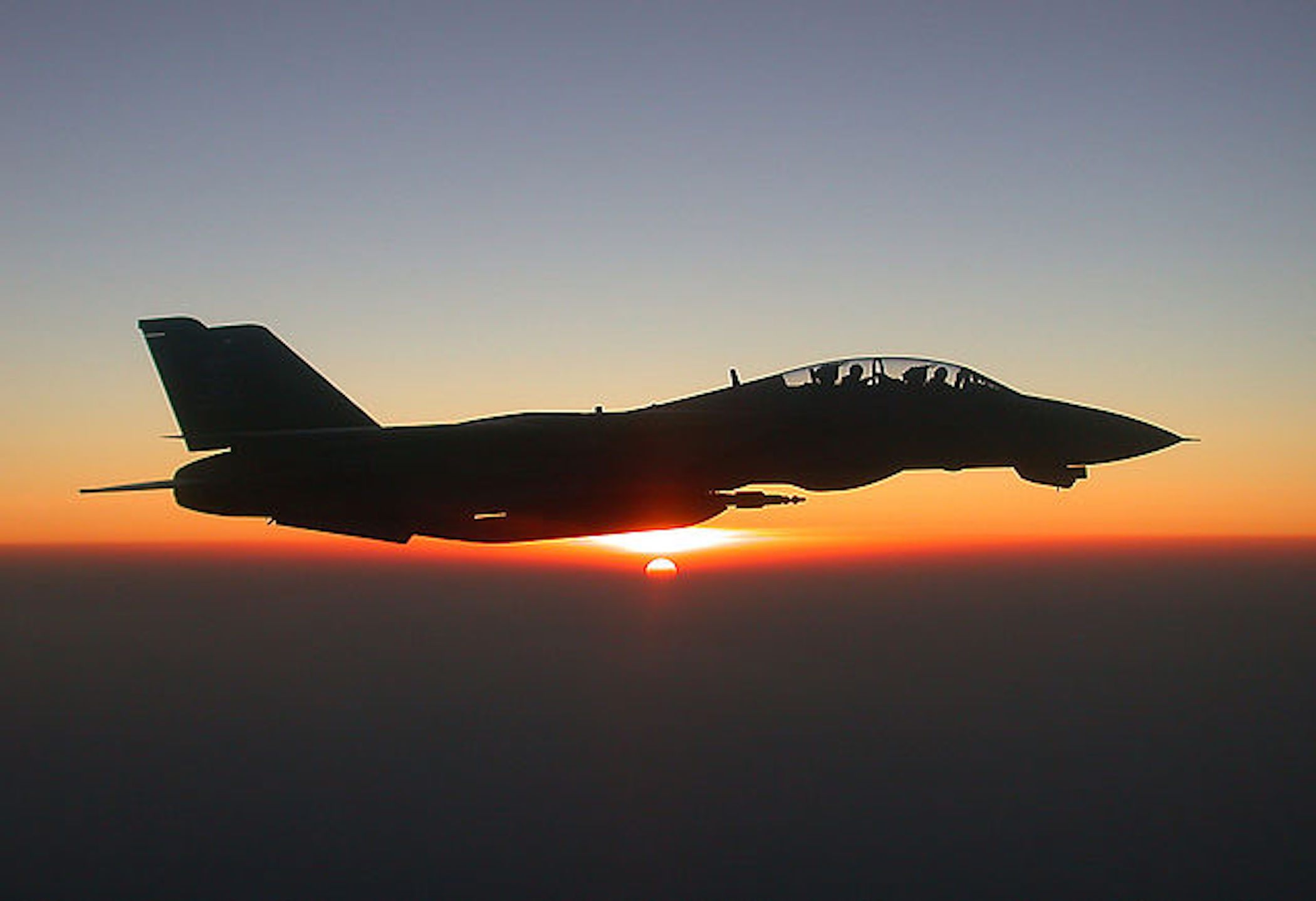
[in_content_ad]
BONUS: F-14 Tomcat: If you have seen the heralded 1980’s movie Top Gun, then you know the U.S. Navy’s F-14 Tomcat. While the aircraft has since been decommissioned, it was a stalwart during its day. It is still in use by a limited few other countries. “We were inverted…”
















